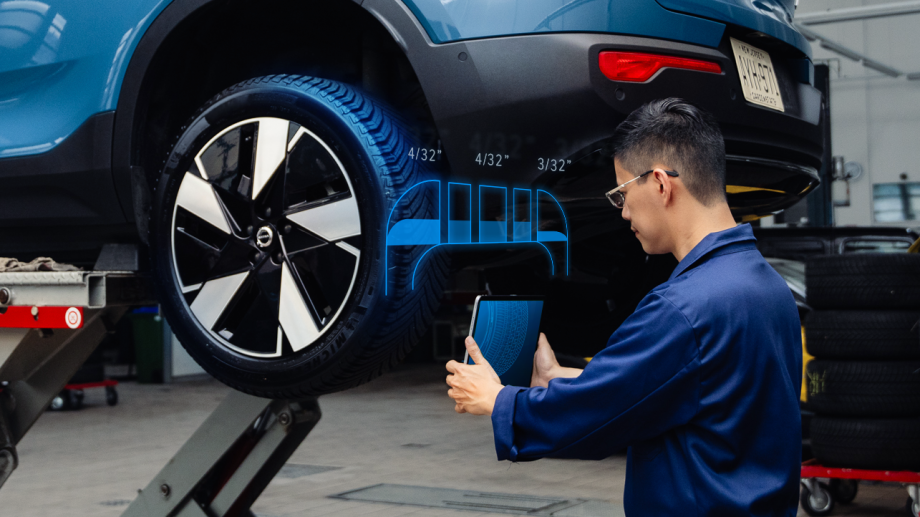
How to Introduce New Data Intelligence Technology
When you hear a term like “data intelligence,” you probably conjure up images of reams of spreadsheets being reviewed meticulously in a Wall Street boardroom somewhere. In reality, it’s a concept that has a home in just about every industry that you can think of, with the automotive sector being chief among them.
Through the use of both existing systems and ones that are in the process of being developed, data intelligence technology can be employed to improve decision-making, increase a business’ understanding of the data that it has already collected, and more. The level of insight uncovered can be an invaluable asset to all businesses, but especially in an area like automotive that is growing more and more competitive all the time.

What is Data Intelligence?
At its core, data intelligence is an idea that brings together the best of both artificial intelligence (AI) and machine learning to help businesses analyze and transform large data sets into meaningful insights. Those insights can then be used to improve services, better understand customers, and make more effective decisions across the board.
What is Intelligent Data Analysis?
By extension, intelligent data analysis is a type of interdisciplinary research that aids in the extraction of practical knowledge from data. Depending on the situation, it employs a variety of different methods, including but not restricted to the aforementioned artificial intelligence, pattern recognition, statistics, and more.
Through analysis, classification, conversion, extraction, organization, and reasoning, you can take what would otherwise be little more than 1s and 0s sitting on a hard drive somewhere and turn it into something that makes sense.
It does this by working its way through a few different stages, including data preparation. Here, all data is integrated into a data set that will then be used for data mining. During the mining process, the databases are examined to help generate new information. The verification of specific patterns is used to validate the results, after which all significant stakeholders are informed of the findings.
Where It Can Be Useful
Indeed, this helps to address one of the major challenges that comes along with big data: simply making sense of it all.
To get to this point, the automotive industry must speed up redundant data collection procedures that were previously carried out manually. The faster you can collect high-quality data (which machine learning and AI tools will always be able to do faster and more accurately than humans can), the faster you’ll be able to unlock insights into things like customer tire shopping habits and more. This then lets you improve tire sales through meaningful decision-making.
Data Intelligence Technologies for the Automotive Industry
Examples of data intelligence technologies in the automotive industry include, but are not limited to, ones like:
- A TIN/DOT scanner. These tire scanning solutions let users can important data from the sidewall of a tire. This information can be securely connected and stored, which creates a complete record of someone’s tire history.
- A Tire tread scanner. These scan the tire tread depth by creating a 3D model right from the user’s phone or other mobile device. That tread can then be measure and the data can be used for the purposes of things like maintenance services, for example.
- A VIN scanning. These tools collect all the information necessary from a vehicle identification number, like the original production location, the model, details about the manufacturer, and more.
How the Technology Works
One of the major concepts at the heart of these types of solutions comes by way of OCR, or optical character recognition, for example. Here, a system can be trained to pick out different aspects of an image, like letters or numbers, allowing it to read something like a VIN in fractions of a second with high accuracy.
Incredibly accurate virtual models of tires and their various characteristics are also made using the aforementioned 3D modeling technique. Again, if it used to take a human a minute or two to measure and verify the tire tread, the system can do it faster and more accurately in fractions of a second.
All of these things free up the invaluable time of human employees so that they can focus on more important matters (like personalized customer service), which in and of itself is the most important benefit of all.



